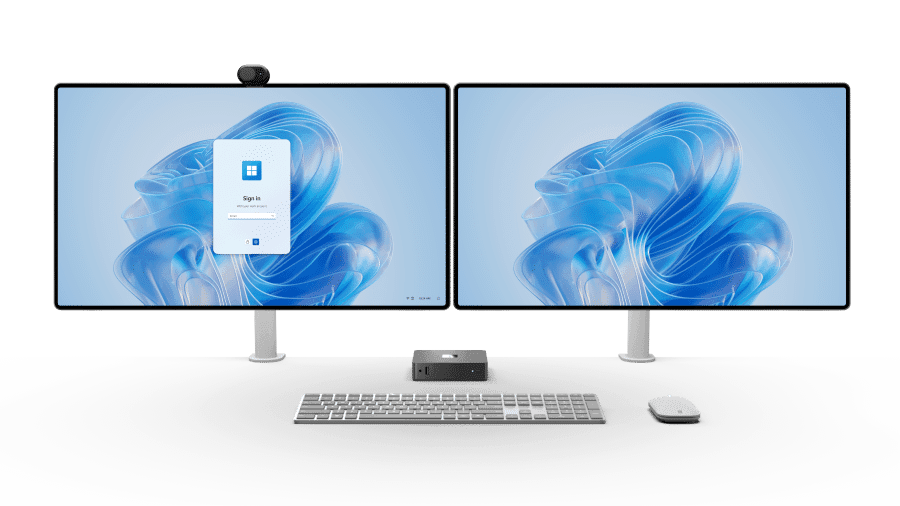Sure! Here’s the translation into American English:
Huawei is about to make a radical turn in its PC operating systems strategy. According to MyDrivers, Microsoft’s license to supply Windows to Huawei expires this month, preventing the Chinese company from selling new computers with Microsoft’s operating system unless it secures an extension. In light of this situation, the company appears ready to fully bet on HarmonyOS and open-source Linux distributions for its future devices.
The End of Windows on Huawei Computers
Since Huawei was placed on the Entity List by the U.S. Department of Commerce, any American company must obtain a special license to sell products to it. Microsoft has maintained a license to supply Windows to Huawei until now, but uncertainty about its renewal has led the Chinese company to seek alternatives.
According to statements from Yu Chengdong, CEO of Huawei’s consumer division, the company has acknowledged that Windows will no longer be a viable option for its PCs. As a result, Huawei has already confirmed that its upcoming devices will abandon Microsoft’s operating system and will opt for HarmonyOS and Linux.
Huawei Launches New Computers with HarmonyOS and Linux
Huawei has quickly moved to implement this new strategy. According to leaked information, the company will unveil its first PC with HarmonyOS, dubbed “AI PC,” in April. This new laptop will integrate a Kunpeng processor of its own manufacture and a range of AI-based applications using the DeepSeek LLM model, justifying the term “AI PC.”
Additionally, Huawei plans to release a Linux version of the MateBook D16, marking its first foray into the laptop market with a Linux-based operating system. In terms of hardware, the new model will maintain the same specifications as the Windows version but will replace the operating system with an open-source distribution.
What Does This Mean for Huawei and the Global Market?
While HarmonyOS could perform well in China, where the company’s ecosystem is well established, the landscape in markets like Europe and the U.S. is very different. Windows dominates with a 70.65% market share, followed by macOS at 16%, while Linux barely accounts for 3.8%. The transition to HarmonyOS and Linux could make it difficult for Huawei laptops to be accepted outside China, especially in the enterprise sector where Windows remains the standard option.
The company faces the challenge of making HarmonyOS a viable alternative to Windows, which will largely depend on support for essential applications and compatibility with third-party software.
Conclusion: Huawei Seeks Independence, But Challenges Lie Ahead
Huawei has previously shown its ability to adapt to sanctions and restrictions, developing its own alternatives for key components such as processors and mobile operating systems. However, the PC market is different, and the transition away from Windows will not be easy.
The success of this strategy will depend on how HarmonyOS evolves in the desktop environment and whether users are willing to abandon Windows for a platform still in development. What is certain is that Huawei is determined to reduce its dependence on Western technologies and take another step toward complete technological autonomy.

